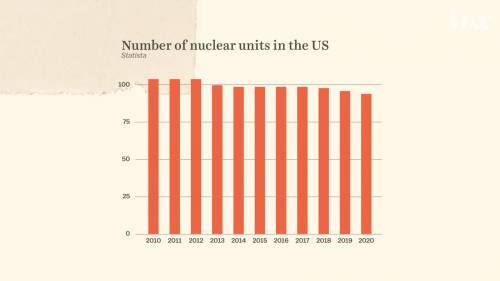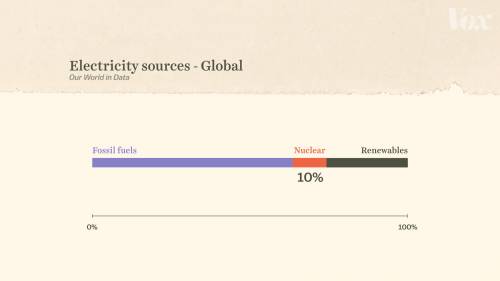
Nuclear plants generate roughly 10 percent of the electricity used around the world but 20 percent in the United States — and 52 percent of the electricity used in the United States that doesn’t come from fossil fuels.

When a reactor shuts down, utilities often end up replacing the lost electricity by burning more coal or natural gas, according to analysis by the US Energy Information Administration. The electricity generated from Indian Point, for example, was replaced largely by natural gas. And as energy reporter David Roberts points out, even if we were able to replace the lost electricity with renewable energy like wind and solar, that’s renewable energy that isn’t going to replace fossil fuels. With each plant that closes, we’re taking a step backward on climate change.
So why are so many nuclear plants shutting down? In this video, we explore that question by taking a closer look at Indian Point.
You can find this video and all of Vox’s videos on YouTube.
Will you support Vox’s explanatory journalism?
Millions turn to Vox to understand what’s happening in the news. Our mission has never been more vital than it is in this moment: to empower through understanding. Financial contributions from our readers are a critical part of supporting our resource-intensive work and help us keep our journalism free for all. Please consider making a contribution to Vox today from as little as $3.
Sourse: vox.com

